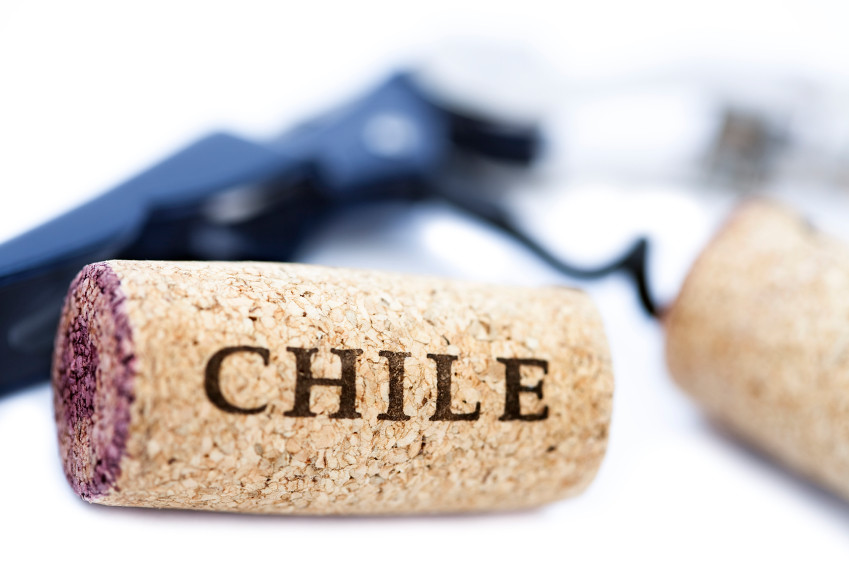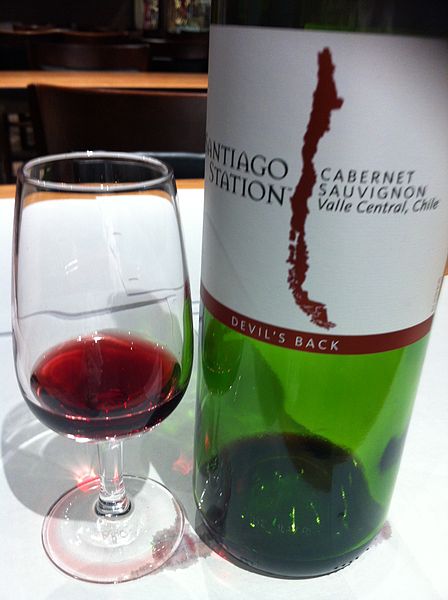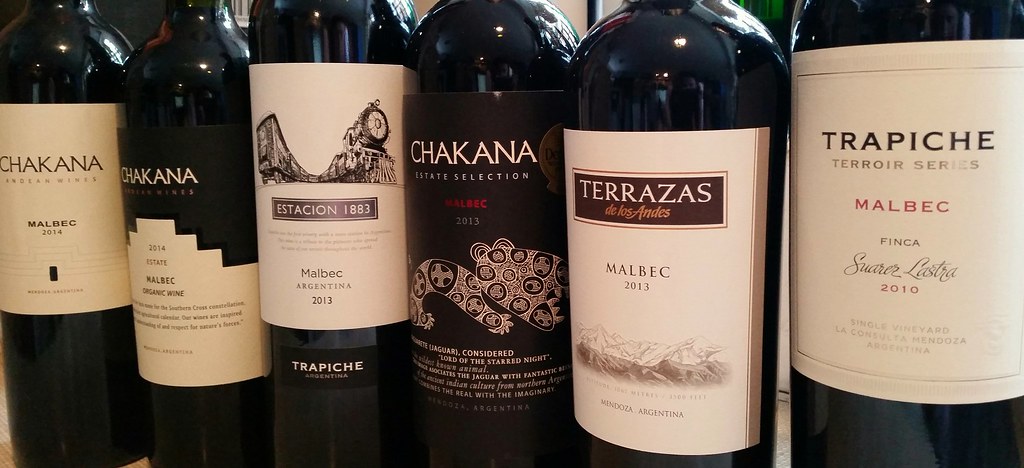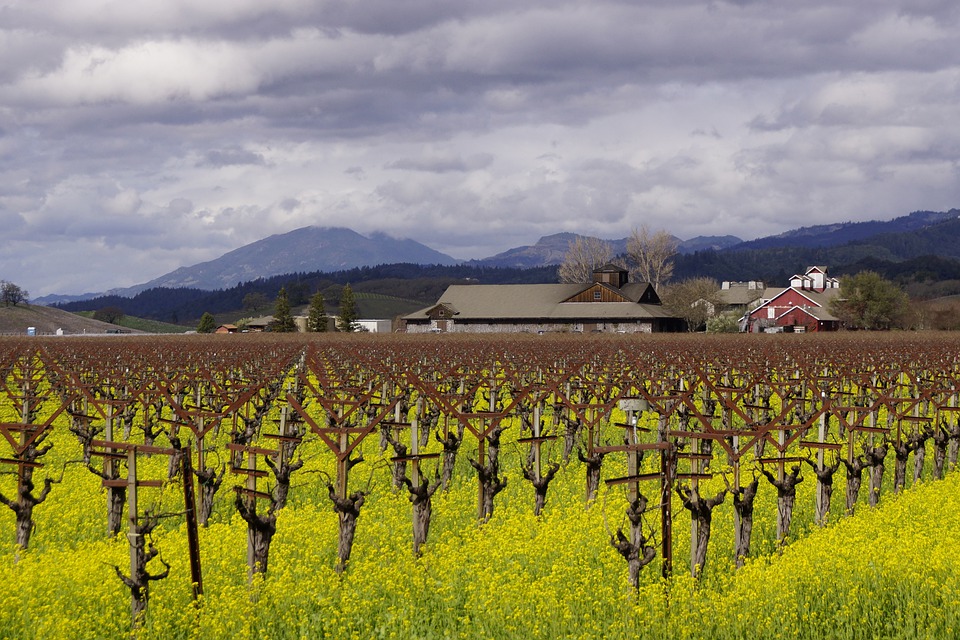
Discover Wines of the New World
For those who enjoy wine and traveling, Chile, Argentina and California offer exciting wine tours that will delight your palate. North and south America bring forth top-quality wines, ranking them close to Europe’s sovereignty on the market.
Let’s begin our trip in Chile!
Chilean Wine
Chile is an intriguing country that has been making wine for nearly 500 years. What makes it so special? Clinging to the western edge of South America, Chile’ unique geography squeezed between the mighty Andes and the Pacific Ocean, gives it a multitude of climates and natural isolation.
Chile’s capital, Santiago, is home to over a third of Chile’s 16 million inhabitants and the vineyards are located to the North and South of the city in what is often referred to as a winemaker’s paradise because of the healthy temperate climate. As the country is so narrow, the cooling influence of the ocean and the high Andes is ever-present. During the day, Chilean vineyards may benefit from reliable sunshine and a useful lack of rain, but the nights are always cool which helps keep the grapes fresh as well as ripe.

Historically, Chile was noted for its quaffable and reliable Merlot and Cabernets. Nowadays, its offering is increasingly diverse, reflecting the country’s variety of climates and terroirs. The Cabernet Sauvignon still reigns supreme as Chile’s flagship grape with wines bursting with cassis, black cherry flavors and sometimes with hints mocha, dark chocolate and mint.

Chilean Reds can be a great match with red meats such as Halabi dishes or with mature cheeses. Chile’s white wines, notably Sauvignon Blanc and Chardonnay, but also Viognier, Riesling and Gewürztraminer, are all contributing to Chile’s growing reputation. The beauty and unpolluted nature of Chile’s countryside is reflected in its wines, and as the country’s wine industry is growing in maturity and complexity, it is these characteristics that the Chileans would like us to remember when drinking their wines that they are indeed the natural choice.
Argentinean Wine
Argentina is a significant player in South American wine and on the world stage as well. It has a complex, compelling and interesting wine culture.
Malbec is Argentina’s great gift to the wine world. Although now synonymous with Argentina, Malbecs origins lie in Bordeaux (France) where it was once fashionable. It was in the 19th century that immigrants brought Malbec and so many grape varieties into Argentina. It now flourishes in the foothills of the Andes in a climate and terroir like no other on the planet.
The desert isn’t ideal for growing vines which is why so many vineyards are grown at higher altitudes where the temperatures are cooler although still hotter than most other great growing regions. In these conditions, the grapes are protected from dehydration by their thick skins. Virtually all the flavor and color in a red wine comes from the skins and the pulpy layer beneath them. Thicker skins mean more color, more flavor and more aromatics perfect for Malbec.

So when you pour a glass of Malbec from Argentina, what do you expect to find? The colors are deep vibrant purple, often with an enormous blue aura when young. Taste it and you will find ripe black fruits, spicy notes, a real richness of flavor and the soft tannins that give its hallmark, the texture.
When it comes to pairing wine with dishes, it is not surprising that perhaps Argentine Malbec is a perfect partner for a juicy steak, grilled beef or barbecued meats. Malbecs is just one of the great wines that Argentina produces.
Californian Wine
California has a wine history that stretches back to the 17th century when missionaries brought European vines imported by the Conquistadores from Latin America. Today Californian winemakers are some of the most creative in the world, constantly experimenting with pushing the boundaries of ever higher. The main reason behind California’s great wine is the Pacific Ocean. It has more than enough sunshine to ripen the grapes but the cool fogs sucked in from the long Pacific coastline temper all that heat to produce ideal conditions for building complexity in the grapes and making subtle multi-dimensional wines.

The best wines tend to come from near the coast, from areas such as Napa and Sonoma, just north of San Francisco, but the so-called Central Coast; north of Los Angeles also cooled by the Pacific, is growing in stature and reputation every year.
In Napa, they make dense fruit-driven wines, the best of them; namely Cabernet Sauvignon, high in both alcohol and price, undoubtedly world-class.
West across the mountains, Sonoma County has a more diverse array of wines, including fine Zinfandels from Dry Creek and Pinot Noirs from the cooler Russian River Valley and Sonoma Coast. Many regions within California boast a vast array of grape varieties but if there is one grape that California can call its own, it is Zinfandel. It may have originated in Croatia and be the same as southern Italy’s Primitivo, but there is no doubt that in its current incarnation, it is Californian through and through. Zinfandel expresses itself in many different ways with the extremes being a popular Swedish Rose style known as White Zinfandel at one end of the scale and robust meaty reds with 60 percent or more of alcohol at the other. However, the best red versions range from raspberry jam, black pepper styles to wild blackberry and five-spice depending on how and where the grapes are grown and the treatment they receive in the winery. Californian winemakers are nothing if not versatile, the range of interpretations exemplifies their philosophy of simply making the best wine they can.

Today, the choice of wine routes around the world is greater than ever. Are you ready to embark on a wine adventure? Comment below if you know more grape varieties in the New World and don’t forget to drink in moderation!



